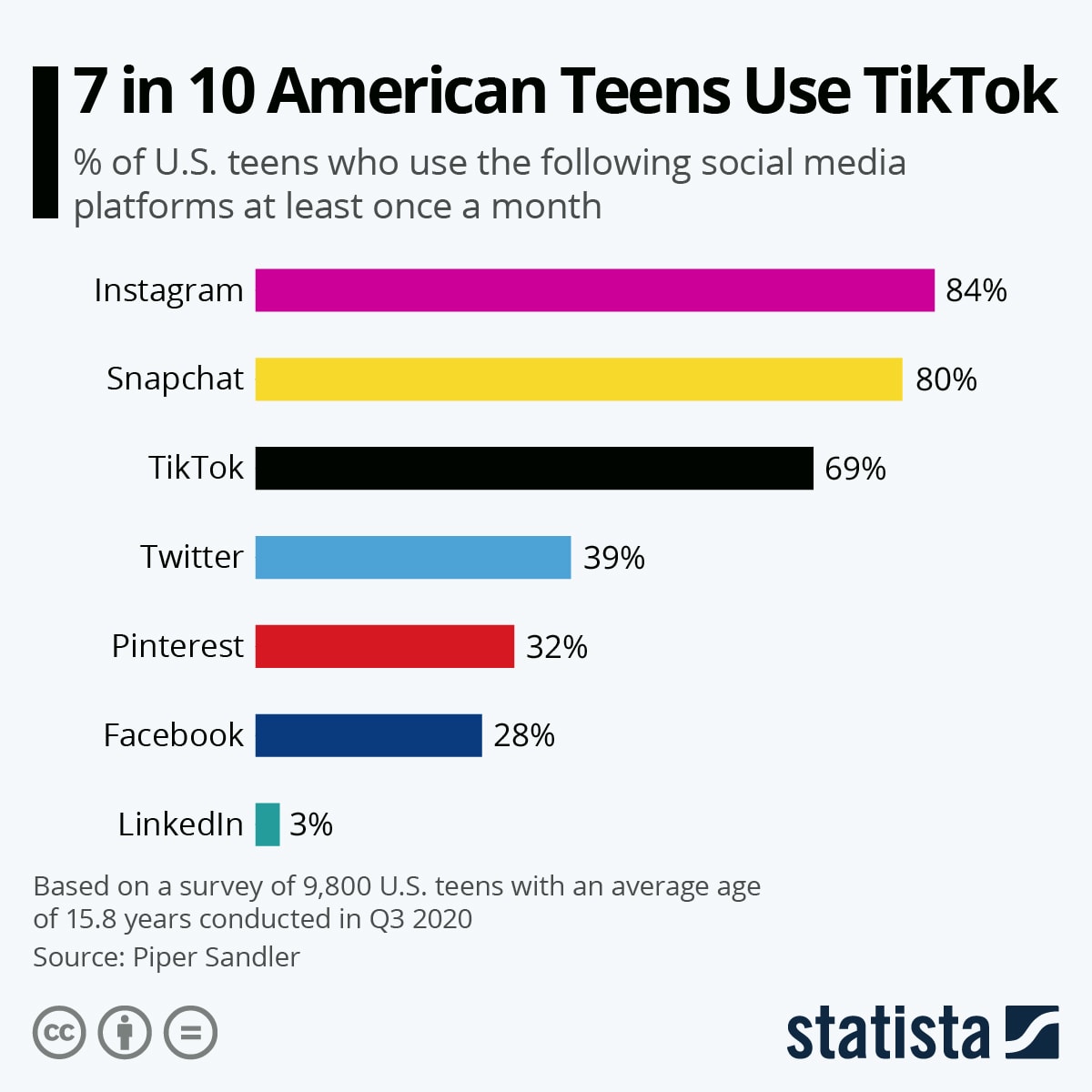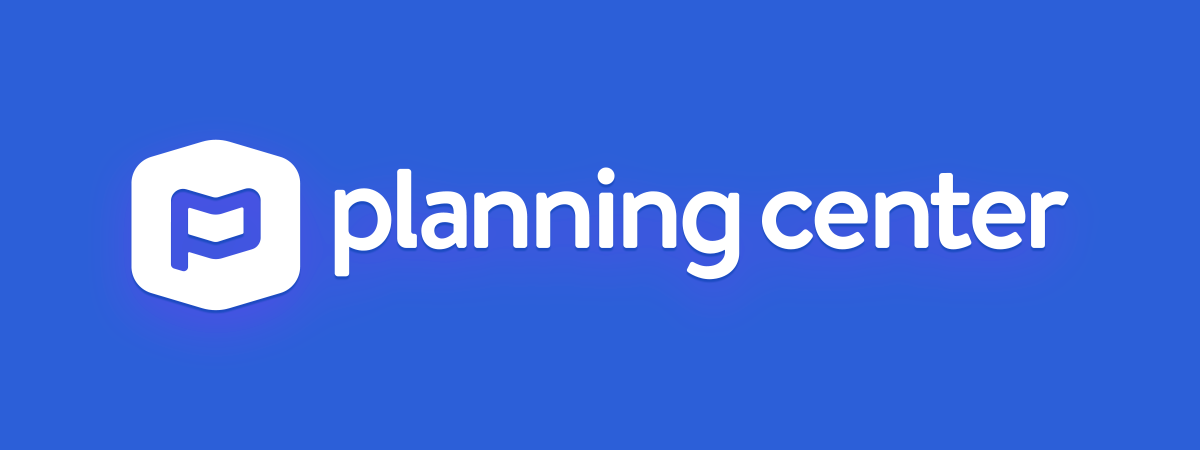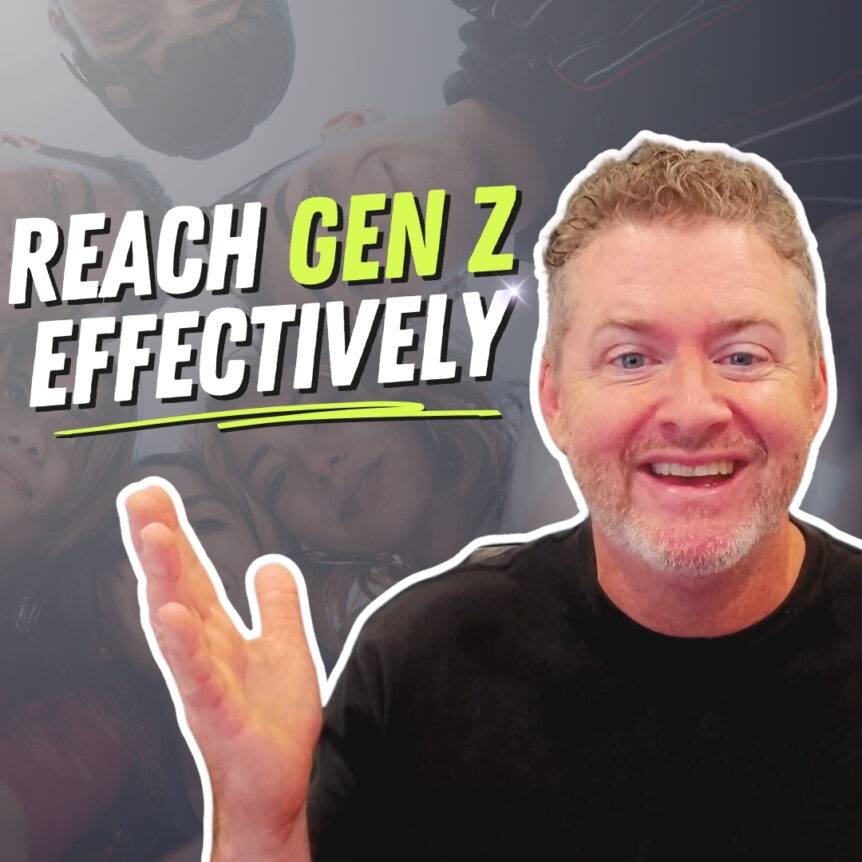In today’s fast-paced, digital world, reaching and engaging young people in youth ministry can be challenging. Many teens and young adults spend a lot of time online, using social media, apps, and other digital tools. To connect with them effectively, churches and youth leaders need to meet them where they are—on their screens.
Using digital tools like social media platforms, interactive apps, and online Bible studies can help make ministry more relevant and accessible to youth. These tools offer new ways to share the message of faith, build community, and encourage spiritual growth.
By embracing technology, we can create meaningful connections with young people, helping them explore and strengthen their relationship with God in a way that fits into their everyday lives.
In this podcast, we’ll explore everything you need to know about modern youth ministry, and why it’s so important to connect with kids digitally. Then, we’ll dive into the top 5 youth ministry digital tools your team can be using to make these connections.
Let’s jump in.
Estimated reading time: 0 minutes
Table of contents
Modern Youth Ministry

Youth ministry has always been about reaching young people with the message of faith, helping them grow spiritually, and building a supportive community. Today, youth ministry faces new challenges and opportunities as the world around us changes.
Youth workers, including youth pastors and leaders, are finding new ways to connect with their youth groups, keeping faith relevant and engaging for today’s young people. This involves not just meeting in person but also using modern tools and methods to reach out. Churches are now incorporating technology into their youth programs, using things like database management software, interactive games, and other digital resources to better engage with their students.
These tools can help youth pastors track attendance, check students’ progress, and keep better records, making ministry more efficient and effective.
Gen Z’s Relationship with Technology
Generation Z, which includes most of today’s youth group members, has grown up with technology. They are the first generation to be true digital natives, meaning they don’t remember a time before smartphones, social media, and the internet. For them, technology is a natural part of life. They use it for communication, learning, entertainment, and even spiritual growth.
This generation is used to having information at their fingertips and expects quick, easy access to everything, including their faith. Because of this, it’s crucial for youth pastors and youth workers to understand exactly what information and tools will resonate with Gen Z.
By embracing technology in youth ministry, churches can better meet the needs of these students. This could look like offering them games, apps, and online communities that fit into their digital world. This approach can make faith more accessible and engaging for young people.
Why It’s Important to Connect with Youth Digitally
Connecting with youth digitally is not just about being trendy; it’s about meeting students where they are. As technology becomes more integrated into daily life, it’s essential for youth pastors and youth workers to use these tools to maintain strong relationships with their youth groups. Digital tools like social media, attendance trackers, and interactive apps can help keep students engaged and connected, even outside of church events.
For example, an attendance tracker allows youth pastors to perform student checks: looking at their participation levels and following up with those who might be drifting away. Meanwhile, interactive games and online Bible studies can keep students interested in learning about their faith. Additionally, database management software can help youth workers manage exactly what information they need to know about their students, making it easier to provide personalized support and encouragement.
When students check their phones, they should find connections to their faith community, helping them feel supported and understood in their spiritual journey. By using technology wisely, youth ministry can remain relevant and impactful in the lives of today’s young people.
Top 5 Digital Tools for Engaging Gen Z

Now that we’ve covered an overview of modern youth ministry and Gen Z’s relationship to technology, we can explore how your youth team can use digital tools to connect with your students. These 5 digital tools are just that: tools. These are not meant to replace anything in your ministry or act as bandaids: youth ministry is still about connecting to the youth on a heart-to-heart basis and pointing them toward Jesus. These digital tools are only here to help you connect with them more on their level.
Let’s explore.
1. Instagram
Instagram, along with other social media apps, is an essential tool for engaging youth in your ministry. This generation spends a significant amount of time on social media, making it a natural platform for connecting with them. Instagram’s visual and interactive nature resonates well with Gen Z, who prefer quick, engaging content over lengthy text.
While some teens are on platforms like Facebook or Twitter/X, Instagram is the primary social media platform for Gen Z. According to Statista, 84% of teens use Instagram, while far fewer use other social media sites. Although very popular, Snapchat is not designed in a way that makes connections between youth leaders and students easy and accessible like Instagram is.

For youth pastors, Instagram provides a space to share inspirational messages, event updates, and community highlights in a way that feels relatable and accessible. Features like Stories, Reels, and IGTV allow for diverse content types—short videos, live streams, and photo posts—that can capture the attention of young people and keep them engaged throughout the week.
Moreover, social media apps foster a sense of community. They allow youth group members to interact with each other and with their leaders outside of traditional meetings. This ongoing connection is crucial for building relationships and keeping faith at the forefront of their daily lives. By using platforms like Instagram, youth workers can meet Gen Z where they are, delivering messages of faith and encouragement in a format that fits seamlessly into their digital lives.
2. TikTok
TikTok is a powerful tool for engaging Gen Z in youth ministry. This is because it aligns perfectly with their digital habits and preferences. As a platform built around short, creative videos, TikTok offers a fun way to communicate messages of faith, inspire positive change, and build a sense of community within youth groups. The app’s format encourages users to quickly consume and share content. This makes it ideal for reaching young people with impactful, bite-sized faith messages.
For youth pastors, TikTok provides an opportunity to engage with students on a platform they already love and use daily. By creating and sharing content like challenges, inspirational stories, or quick Bible lessons, youth workers can foster positive change in their students’ lives, making faith a relevant part of their everyday experience.
Some benefits TikTok provides for youth ministry are:
- Short, engaging content: Easily digestible videos that resonate with Gen Z’s attention span.
- Creative expression: A platform for sharing faith in creative, innovative ways.
- Viral potential: Content can quickly reach a wide audience, spreading positive messages.
- Community building: Encourages interaction and connection among youth group members.
Using TikTok in youth ministry allows leaders to meet Gen Z where they are, in a fun way that promotes growth and positive change.
3. Planning Center

Planning Center is an invaluable digital tool for youth ministry. It offers a comprehensive set of features that help youth pastors and workers engage Gen Z effectively. One of its key strengths lies in its ability to streamline administrative tasks. This allows leaders to focus more on building relationships with students. For instance, Planning Center’s check-in system makes it easy to track attendance, ensuring that youth pastors know exactly who is attending each event or meeting. This helps leaders follow up with students who might be drifting away, providing timely support and encouragement.
Beyond attendance tracking, Planning Center also offers tools for organizing events, managing volunteers, and communicating with youth group members. This level of organization ensures that activities run smoothly and that students are always informed and involved. The database management feature allows youth pastors to keep detailed records of each student’s involvement, preferences, and needs, enabling a more personalized approach to ministry.
For Gen Z, who values efficiency and clear communication, Planning Center helps create an organized, responsive ministry environment. It ensures that students feel connected and cared for, while also giving youth leaders the tools they need to manage their ministry effectively. By integrating Planning Center into youth ministry, churches can better engage and support their students.
4. Spotify
Spotify is a valuable digital tool for connecting with youth because it taps into one of the generation’s favorite activities—listening to music. Music plays a central role in the lives of young people. Spotify provides an easy way to incorporate this into youth ministry. By creating and sharing playlists, youth pastors can curate worship music, inspirational songs, and even podcasts that resonate with the interests and spiritual needs of their students.
Spotify also allows for the discovery of new music and messages that can inspire and uplift young people throughout their week. Youth workers can use this platform to introduce students to songs that align with the themes discussed in youth group meetings. They can also use it to provide a soundtrack for personal reflection and worship.
Spotify can support youth ministry in a lot of ways, including:
- Curated worship playlists: Tailor-made music lists that help students connect with God through song.
- Podcast sharing: Access to faith-based podcasts that can deepen students’ understanding of spiritual topics.
- Music discovery: Introduce students to new worship music and artists that they might not find on their own.
- Anytime access: Students can listen to playlists and podcasts anytime, keeping them engaged with their faith throughout the week.
Using Spotify in youth ministry creates a continuous connection between students and their spiritual journey. It offers them a way to engage with faith in their everyday lives.
5. BibleProject
BibleProject is an exceptional digital tool for engaging Gen Z in youth ministry. This is due to its visually engaging and accessible approach to exploring the Bible. Gen Z, known for their preference for visual content and concise information, finds the animated videos produced by BibleProject both appealing and informative. These videos break down complex theological concepts, biblical themes, and entire books of the Bible into short, easy-to-understand segments that resonate with young people.
For youth pastors, BibleProject offers a versatile resource that can be used in various contexts. These can include during youth group meetings, as part of a Bible study, or for personal reflection. The videos make it easier for students to grasp deeper biblical truths. And as we know, it can sometimes be challenging to communicate through traditional methods alone.
By presenting the Bible’s narrative in a compelling visual format, BibleProject helps make scripture more relatable and engaging for Gen Z.
Additionally, BibleProject encourages students to think critically and ask questions about their faith. This fosters a deeper understanding and a more personal connection to the Bible. This tool supports youth workers in their mission to nurture spiritual growth in a way that aligns with how Gen Z consumes and processes information, making the Bible both relevant and impactful in their lives.
Youth Ministry

In today’s digital age, connecting with Gen Z is not easy. It requires youth ministries to embrace the tools and platforms that resonate with this tech-savvy generation. Whether through social media, engaging apps, or visual resources like BibleProject, these digital tools offer youth pastors innovative ways to share faith, foster community, and inspire spiritual growth.
By meeting young people where they are—online and on their screens—youth workers can make the message of faith more accessible and relevant to their everyday lives. Incorporating these tools into ministry doesn’t only enhance engagement. It also creates opportunities for meaningful connections that extend beyond the walls of the church.
As we continue to navigate the challenges and opportunities of ministering to Gen Z, embracing technology is key to helping them explore and strengthen their relationship with God in a world where digital interaction is a natural and integral part of life. Let us know of any other important digital tools in the comments down below! God bless!
More Resources on Gen Z





